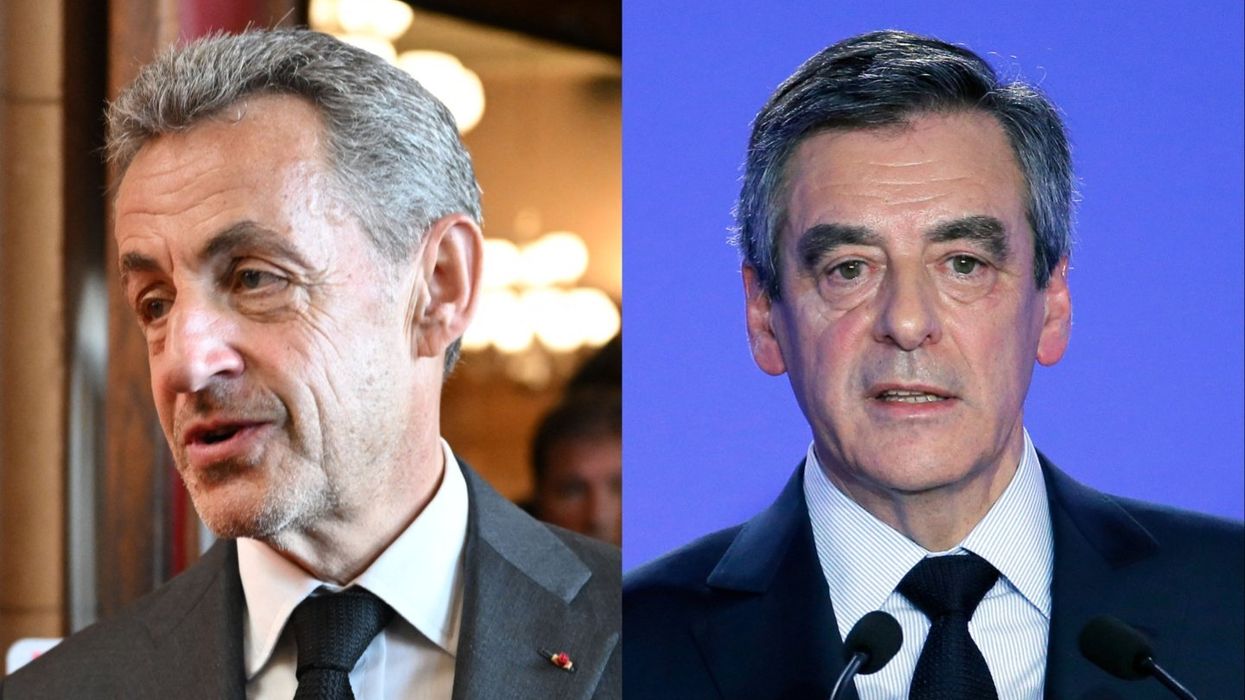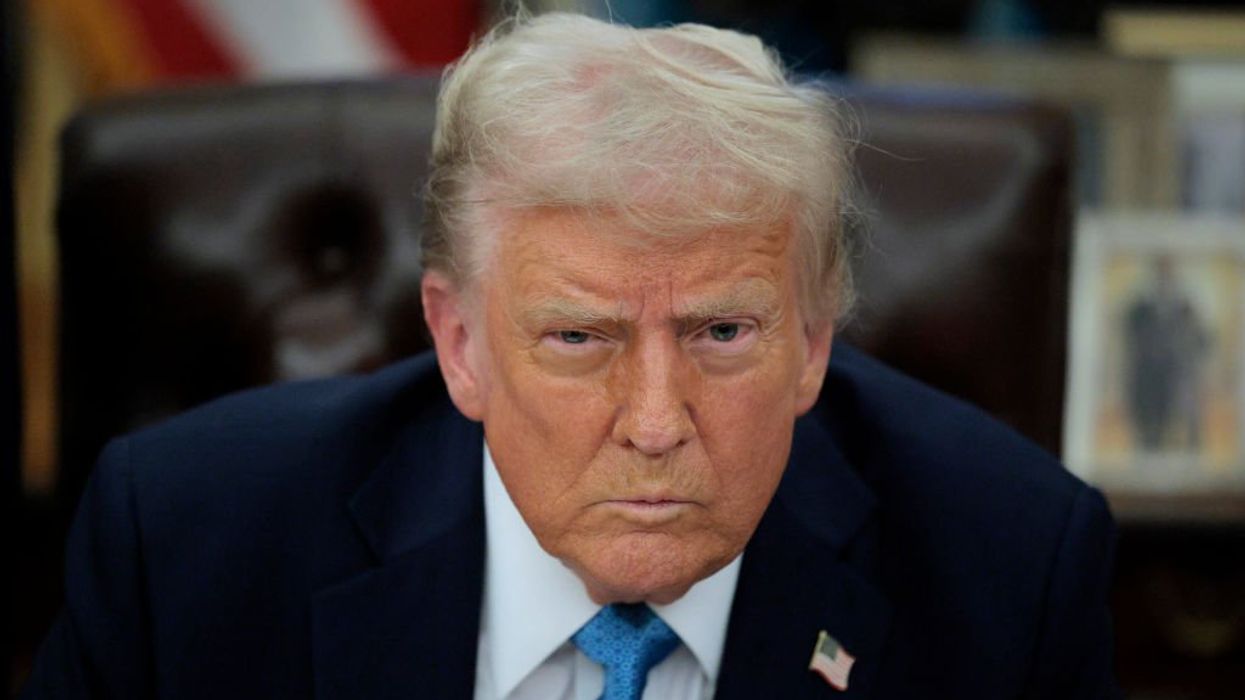Iowa, Iowa, Iowa.
This was Iowa, the true America. If there is such a thing. There isn't. There is. There has to be. There cannot be. There absolutely is.
Friendly people, in general. Patient, courteous.
At one point, at one of the many train track intersections in the state, the crossing gate lowers and the bell rung and a train chugged by, and several cars waited at the designated line. A few minutes later, the train just stopped on the tracks.
But people kept pulling into the line of cars. And nobody sped off and nobody honked their horns. In New York or Chicago you'd hear screeching and honking and curse words. In Texas or California, peel-outs and gunshots.
It's a lovely state, a charming place. The way the land breathes under you, all spread out like a blanket, and the cornstalks lean with each breeze, and the marigold softness to the horizon without skyscrapers imposing their faces.
Everywhere you look all you see is America. The honeyed scent of fertilizer and livestock. At night the whole world gets so dark and quiet that you can imagine what Adam and Eve felt like, alone in a garden, contemplating the electric sky full of planets and stars and other lives that they could not understand.
*
Iowa is 187 times bigger than New York City, yet there are about 3 million people in Iowa, compared to the 9 million in New York City.
There are more hogs than humans in Iowa. That is an actual fact.
Yet I can see why people have stayed in Iowa for generations.
You have to admire its stable geography. The only State with parallel rivers as borders.
And on the easternmost side, along the Mississippi River, there's the world's steepest and shortest railway. On the other, along the Missouri River, a monument to Sergeant Floyd, the only man to die during Lewis and Clark's great expedition. And every July, for a whole week, cyclists traverse that divide, bumping along those uneven roadways.
Just to be clear, I said that there are 21 million hogs in Iowa.
That's roughly the population of Mexico City. Or San Francisco-Oakland and Phoenix and Seattle and Detroit — combined. Or Mumbai. If these Iowa hogs divided into two factions and occupied different sides of the state, Iowa would have two megacities, a classification earned in America only by New York City and Los Angeles.
21 million hogs!
The swine arrived in the 1500s, thanks to the ham-obsessed Spaniards led by Hernando DeSoto. For centuries, Native American tribes alone occupied the land. Sac and Fox Nation, Ioway, Dakota Sioux, Illini, Otoe. Before that, woolly mammoths roamed the plains.
In the 1700s, the French showed up with their fur trade and their treaties. The area belonged to France until 1763, following defeat by Spain in the French and Indian War.
The region flopped from one nation's hand to the next, until the Louisiana Purchase in 1803, when the United States government bought swathes of land — from Louisiana to Montana — land that would become Midwestern and Southern states, including Iowa. Congress paid eighteen dollars per square mile.
Shortly after the purchase, the territory's new residents got a little possessive. And soon enough the settlers were shoving the Indians off the land they'd occupied since the Ice Age. Which is some next-level gentrification.
*
America has always had a violent streak, and it was violent back then. And cruel. There was mayhem, out there on the wobbly plains. Gunfights, stabbings, honest-to-God cowboy stuff. Gunslingers. Who knows what else.
Then, the Civil War. 1860s. The worst kind of war. The kind that guts a nation. Over a century and a half later, some of those tensions still linger.
Iowa had only been a state for 15 years, with a population of about 500,000. Yet roughly 75,000 Iowan men fought for the Union, the highest percentage of soldiers from any state, on both sides.
And they died like hell, drowning in the mud, ransacked by cannonballs, a bayonet to the guts or the neck or anywhere really, because it was the cruel early stages of modern war, when the technology was advanced enough to kill you from far away, but you still had to get close to the men you were fighting, face to face, in a field or on a hillside, and hundreds of thousands of men needed to die before we decided on the winner.
But America has always been a rugged, unceasing country, a roughneck, a chancer. Most of the time it pays off. We fought a Civil War, and stayed together.
Then came the railroads. Sprouting up all across the country, in the late 1800s. Trains could haul produce from any part of the country to any other part of the country. So the farming jobs flourished in Iowa and the population grew.
In 1901, Quaker Oats was founded in Cedar Rapids. A century later, it would be owned by the company that is Coca-Cola's competitor.
Then, in 1937, Iowa State University professor John Vincent Atanasoff and graduate student Clifford Berry created the first automatic electronic digital computer. Meaning, the same state that gave us oatmeal also shoved us toward the creation. of Grand Theft Auto V and iPhones and all the luxuries of our digital reality.
Iowa's era of thriving agriculture collapsed into the Great Depression, then World War I, then World War II. And, everywhere in the world, people wanted to live in large cities, of which Iowa has very few.
Iowans coped how they could, replacing the agricultural with the industrial. During the war, they built tanks, rifles, airplanes, armor. You should know that 8,389 Iowans died by the end of the war on September 2, 1945.
Imagine surviving war. Then returning to endless fields and oceanic skies and a night that sways in all of its majesty.
As the haze of a wartime economy cleared, Iowans enjoyed a sense of renewal. They had benefited from the change of industry. Agriculture had always been their moneymaker, but now they built refrigerators, farming equipment, stationary. To this day, Iowa is the largest producer of eggs, pork, and corn.
In 1958, Winnebago, the RV manufacturer, was founded in Winnebago County, Iowa, and, since that day, your home can be anywhere on this continent, whenever you want.
A year later, music died in a plane crash outside Clear Lake, Iowa.
During the mid-1970s, Indian yogi Maharishi Mahesh settled in Iowa. Mahesh had gained fame as a guru to the Beatles and the Beach Boys in an LSD-drenched era, so Fairfeild, Iowa must have seemed otherworldly to Mahesh. Or perfectly quiet.
While there, he cultivated the Transcendental Meditation technique, built it as a proper school of thought. He even established Maharishi International University, an accredited private school with a "consciousness-based education" system. Mantras, silence, focused breathing, stillness. It caught on in Iowa, and continues to.
Or maybe Iowa had always been meditative and transcendental, all that landlocked rough-patch in the middle of a continent. The prehistoric bones underneath it all.
The 1980s saw an agriculture crash of some sort. But recall the events which occurred in Des Moines, on January 20, 1982, when a 17-year-old boy gripped a dead bat — all fangs and snout — then hurled the poor creature at Black Sabbath.
Ever the performer, Ozzy Osbourne yanked the tiny corpse from the ground and shoved it in his mouth and started gnashing. He thought it was a toy. By the time he realized it was in fact a tiny dead mammal, he'd already started and couldn't break the persona. After the show, he rushed from the venue to Broadlawns Medical Center for a rabies shot.
Ozzy Osbourne's bat decapitation stands as one of the most notorious moments in Rock 'N' Roll history. Happened right there in Des Moines.
Then there's Britt, Iowa, home to the annual National Hobo Convention, as well as the Hobo Museum. Call the town quirky or gross for hosting such a thing. Or see the humanity in it, the neighborliness.
Supposedly, the name "Iowa" is a reference to when Indians discovered the land.
It was the first word they uttered.
When they looked at the sprawling land and the hills, they said "Iowa, Iowa, Iowa," which translates to "beautiful, beautiful, beautiful."
I am currently in Des Moines for the Iowa caucuses. Check my Twitter for live updates. Email: kryan@blazemedia.com















